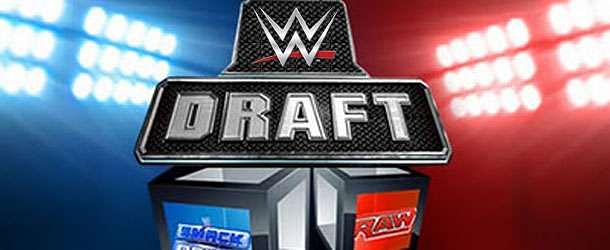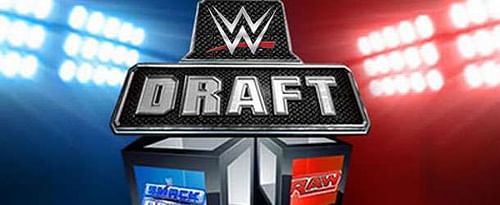
4 Reasons why the brand split needs to be taken seriously
Unless you’ve been living under a rock, you’ve probably heard about the imminent return of the WWE Brand Split. The Brand Split was a concept introduced way back in 2002, which saw RAW and SmackDown! each assigned their own authority figure (General Manager), with separate rosters, storylines and title matches.
At one point, RAW and SmackDown! even had their own individual PPV offerings.
During the Brand Split’s infancy, it was truly an exciting concept. It became a major deal to see a RAW Superstar show up on SmackDown! or vice versa. Such an occurance either meant a major, cross-brand match up, or that a Superstar was breaking the rules to get at a rival who performed on the opposing show.
Unfortunately, as the years went by, the concept very quietly crumbled away, until it was a concept in name only.
Despite the fact that WWE never officially did away with brand separation, in recent years, things have reverted back to the way they were in the Pre-Draft days, with RAW acting as the flagship show where the storylines get developed and SmackDown! being reduced to the B-show (also now loaded with incessant amounts of RAW replay footage).
But things have changed quite a bit in recent months. The Brand Split is returning in earnest and now is as good a time as ever to try it, with WWE NXT rapidly releasing some of the greatest talent in the world onto the WWE main roster.
#1 2nd time is the charm
As previously mentioned, this will be the WWE’s second attempt at a brand split. In 2002, the company initiated its first attempt, dividing RAW and SmackDown! into two separate, unique entities with dedicated rosters, creative teams and storylines, with little week to week interaction outside of cross brand storylines involving titles or General Managers.
Initially, this approach worked well.
After being cost the Undisputed WWE Championship at Backlash vs Hulk Hogan, thanks to interference from SmackDown!’s Undertaker, RAW’s Triple H made an unannounced appearance on his rival’s show, beating him all the way to the backstage area and ultimately being (kayfabe) arrested and fined for the assault and for appearing on a show he was not contractually allowed to appear on.
It was a big deal.
This would continue for nine years, with both shows running through numerous General Manager characters and, for the majority of the time period, operating with brand exclusive PPVs and only sharing the Big 4 (SummerSlam, Survivor Series, The Royal Rumble and WrestleMania).
Over time, the concept would be continually watered down, with brand exclusive PPVs and championships falling by the wayside and “cross-brand” storylines becoming exceedingly common.
By 2011, the concept was all but officially dissolved, with storylines and Superstars regularly appearing on both programs and, with the audience already acclimated to it, WWE quietly did away with the brand split on an official basis.
Though the concept started with a bang, it ended with the tones of the world’s tiniest violin trailing off into silence.
This time around, the WWE has a unique opportunity to do it right, but for that to happen, several things need to change.

